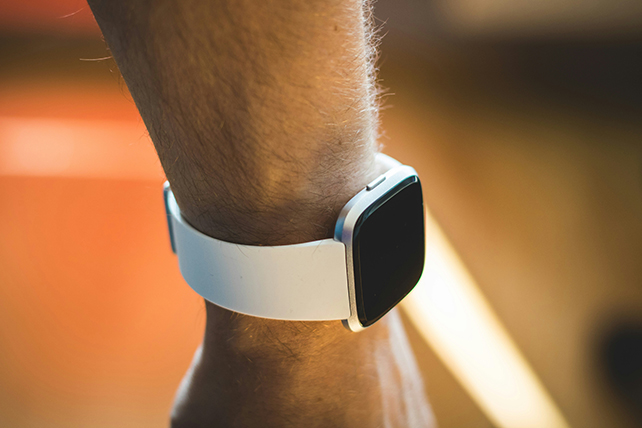When it comes to a simple, accessible, beneficial form of exercise, walking is hard to top – and a new study suggests that putting in some brisk walks around the neighborhood could lower your risk of developing heart rhythm problems.
Walking speed makes a significant difference, according to the research, which was led by a team from the University of Glasgow in the UK.
Compared to slow walkers (going at under 3 miles an hour), average speed walkers (3–4 miles an hour) were 35 percent less likely to develop heart rhythm abnormalities across a median follow-up of 13.7 years.
For the brisk walkers (over 4 miles an hour), there was a 43 percent drop in risk compared to the slow walkers.
The heart rhythm abnormalities recorded in the data included atrial fibrillation (an erratic heartbeat), tachycardia (a rapid heartbeat), and bradycardia (a very slow heartbeat).
"This study is the first to explore the pathways underpinning the association between walking pace and arrhythmias and to provide evidence that metabolic and inflammatory factors may have a role," says Jill Pell, a public health scientist at the University of Glasgow.
The researchers gathered data from the UK Biobank on the typical walking pace of 420,925 middle-aged adults, with more precise timings of walking speed measured for 81,956 of those participants.
Using the subset of people for whom timing data was available, the researchers calculated that more time walking at an average or brisk pace was associated with up to a 27 percent reduction in risk overall – that's comparing those who put the most time in with their walks, with those who did the least walking.

By accounting for other factors linked to heart rhythm issues, the team suggests around a third of this association is down to how the act of walking affects the body's metabolic and inflammatory processes – including those influencing blood pressure and body mass.
"Walking faster decreased the risk of obesity and inflammation which in turn reduced the risk of arrhythmia," says Pell.
Observational studies like this one can't test for or prove direct cause and effect. But grouping population cohorts by different exposures (such as walking speed) and measuring their rates of different outcomes (like arrhythmias) over time is a valuable tool epidemiologists use to make evidence-based predictions.
The research highlights a strong association between walking speeds that get the body working a little harder and straining slightly more, and better cardiovascular health protection.
"This finding is biologically plausible because cumulative epidemiological studies have shown that walking pace is inversely associated with metabolic factors," Pell explains.
A brisker pace of walking seemed to make the most difference for women, those under 60, those with high blood pressure, those not classified as obese, and those with two or more existing health conditions.
There's now plenty of evidence for how walking can best improve health. Stopping for breaks seems to be beneficial, while a faster pace also appears to slow down biological aging.
So the next time you head out for a walk, it might be worth seeing if you can get your steps in more quickly.
The research has been published in Heart.